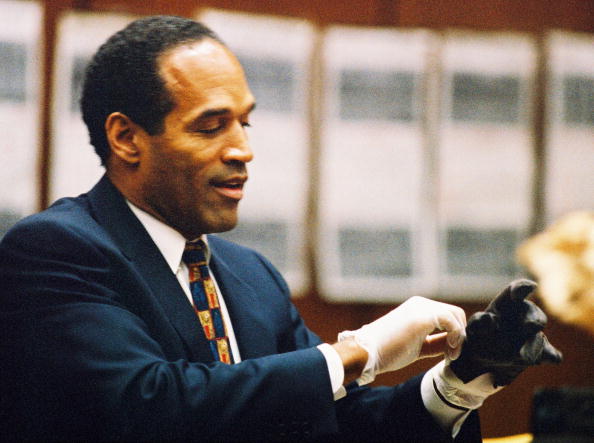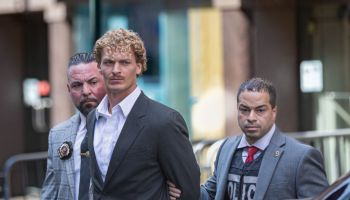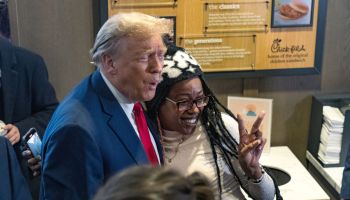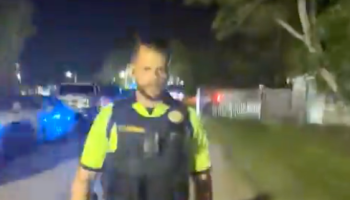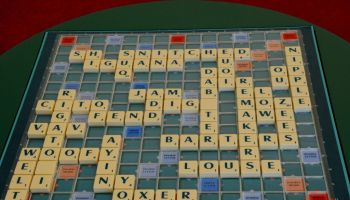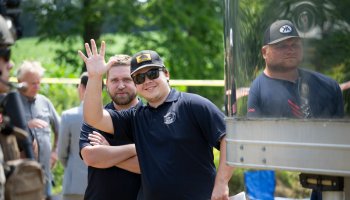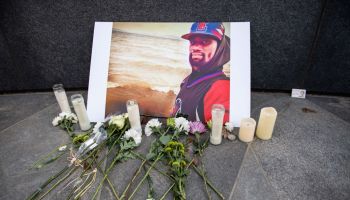Somewhere among the grassy hills, canopy trees and 19th century angel sculptures rest Butler and Mary Wilson.
In the early 1900s, the husband and wife team helped black World War I servicemen, fought discrimination against African Americans and oversaw the creation of the Boston NAACP chapter — the most active in the nation at the time.
They were laid to rest here, in Boston’s historic Forest Hills Cemetery, sharing the space with writer e.e. cummings and 19th century white abolitionist William Lloyd Garrison.
Yet no one is exactly certain just where they are buried.
This fall, retired Harvard librarian Sylvia McDowell and the nonprofit wing of the cemetery are combing through historic funeral documents, gathering oral histories, and searching old maps to locate the Wilsons and other African Americans of Boston’s past. McDowell and the Forest Hills Educational Trust say these people reflect New England’s often overlooked ties to black history.
This is no small task: researchers are looking through records of more than 100,000 people buried throughout the 280-acre cemetery.
Once the graves of significant black figures are located, they will be included in guidebooks and tours so future generations can learn about them, McDowell said.
“I’m digging up spirits,” McDowell said. “Their voices have stories, wonderful stories. We just need to find them.”
Established in 1848, the Forest Hills Cemetery came at the height of the abolitionist movement and increased immigration to Boston. The sprawling rural cemetery was founded as a municipal burial ground making the nondenominational cemetery more culturally diverse and socially experimental than other sites. The cemetery also was one of the first to allow blacks to be buried alongside whites, but didn’t keep records of the race of the departed.
While other cemeteries remained segregated due to law or economics, Forest Hills prided itself on being opened to everyone, said Cecily Miller, executive director of the Forest Hills Educational Trust.
Today, visitors come to the cemetery because it’s part sculpture park, part museum, part historic site.
For years, the Forest Hills Educational Trust has sought money to incorporate its African American past into its many tours of statues, historic gravestones and unique stories. The only well-known African American’s grave currently included on tours is that of William Cooper Nell, a black abolitionist and historian.
But it wasn’t until earlier this year when the group landed a $3,000 grant from Mass Humanities to help pay for McDowell’s research that the trust was able to launch its efforts.
McDowell started at the cemetery’s newest section by locating old friends, family of acquaintances and well-known African Americans from recent years. She had moved to Boston from Washington D.C. in 1952 to study library science at Simmons College and felt she had a grasp of contemporary black history in Boston.
As word of her project spread, McDowell located people such as James T. “Slyde” Godbolt — an American jazz master tap dancer. She also found David S. Nelson, the first African American appointed to the federal bench in Boston, and Harriet C. Hall, a politically active woman who was co-founder of the interracial Women’s Republican Club on Beacon Hill in 1920.
“It’s amazing how many people have contacted us to help,” McDowell said.
So far, McDowell said she’s located about 500 sites and expects to find at least 500 more.
But the more difficult task is locating those figures from the 19th and early 20th centuries, some buried in unmarked graves.
Descendants of some of those buried have come forward with information. “The other day we got a call from a family member who said she has a relative who was an escaped slave and was buried here,” Miller said.
China Galland, author of “Love Cemetery: Unburying the Secret History of Slaves,” said projects like these allow people to come together to discover a history that connects them. “It’s cultural and family continuity that’s at stake here,” Galland said.
“I think it’s great that they are doing this,” said Edith Griffin, 61, of Groton, Mass., the great-great-granddaughter of William Lloyd Garrison. “People need to know that history.”
During a recent search, McDowell and Miller strolled through a winding path to try to find the gravesite of John Jay Smith — the 19th century owner of a barbershop that was a popular hangout for blacks and white abolitionists, including Garrison and U.S. Sen. Charles Sumner. Smith also was elected to the Massachusetts House of Representatives in 1868.
“There he is!” McDowell exclaimed upon spotting Smith’s headstone among other tall ones. She ran to the gravestone that marked his name and the names of other family members, then gently rubbed it.
“I can’t believe it. We found you,” she said. “Nice to meet you, Mr. Smith.”
